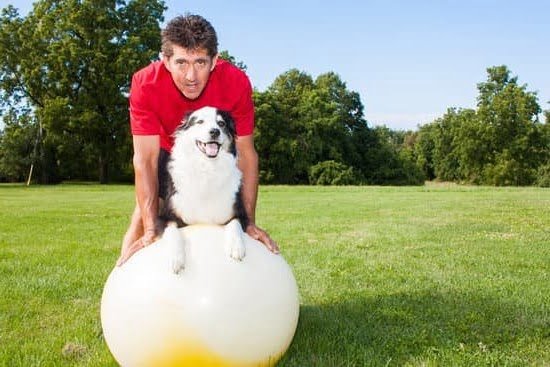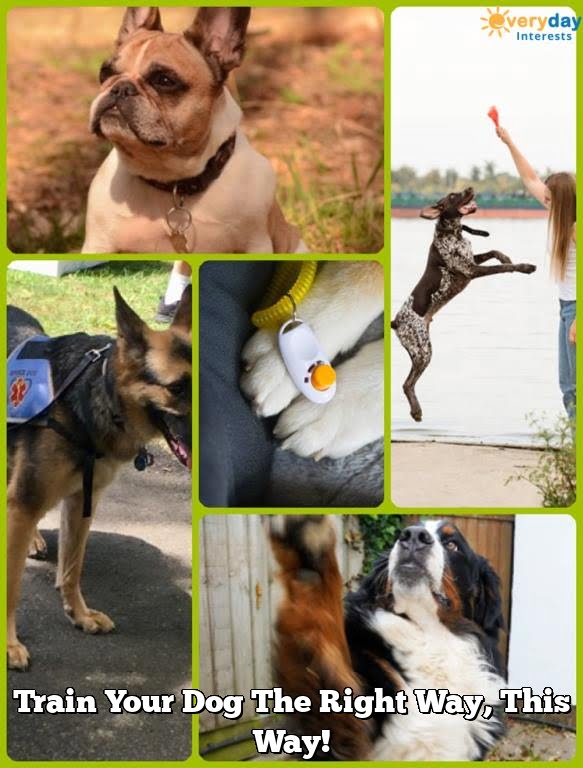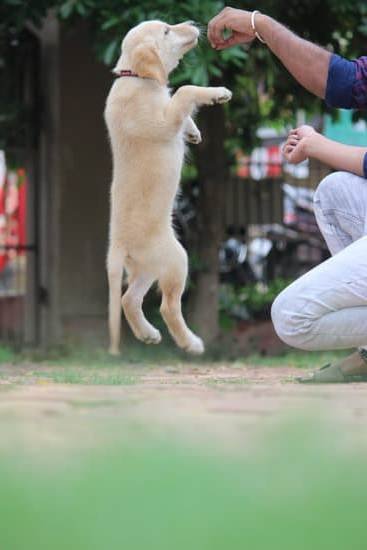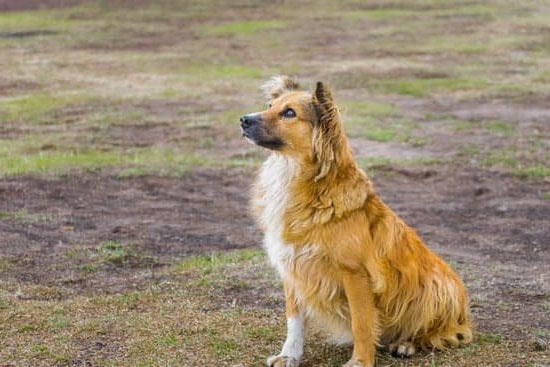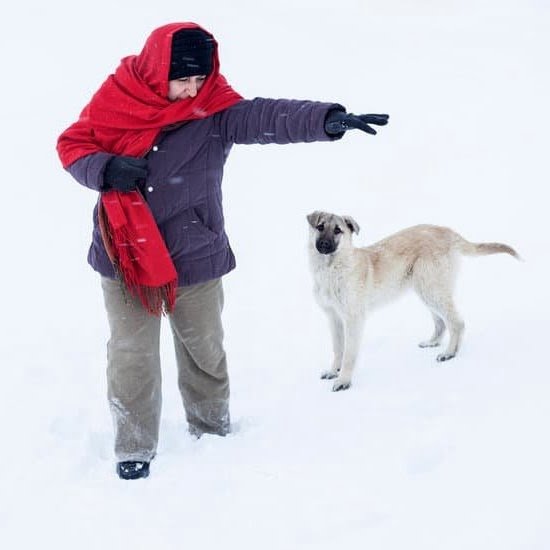Introduction to House Training
The best way to house train a dog is to start with consistency. Utilize a regular feeding and walking schedule, so your pet clearly understands at what times it is expected to go outdoors. Make sure that these activities are kept as consistent as possible, so that your dog begins to form a habit or routine. Additionally, be sure to reinforce good behavior whenever your pet adheres to the rules. Upon returning indoors, give your pup treats and provide verbal encouragement when they properly go potty outside.
Another key factor in house training your pooch is providing access to their own materials such as a litter box, potty pads, and/or grass mats for indoor use if needed. If you choose one of these options, do not forget to empty them often, disposing of the contents properly and replacing the content with clean material if necessary. Additionally, ensure these materials are easily accessible for your pet at all times by having them in designated areas where there is less furniture or obstacles that could make it difficult for the animal to find them quickly.
Finally, when trying to house train your pup it is important that you remain patient with them throughout this process. Mistakes will inevitably happen preventing any further progress from happening at times; however providing ample amounts of positive feedback can help remind them of proper rules while keeping both parties calm while they continue working through this process together.
Choosing Potty and Play Areas
Designate a potty area for your dog outside. This should be an area that is easily accessible and it should be away from the play and sleeping areas. Avoid areas with high grass, dense shrubbery, or other obstacles that would make it difficult for your pup to quickly do their business. If possible, choose a spot without any shade since this could encourage your pup to linger when they usually need to move in and out quickly when toileting.
Create an indoor play area for your dog. Choose an area in your home that can provide interactive activities such as chewing toys, puzzle toys, treat balls, and more for channels their natural energy and curtail problem behaviors like chewing on furniture or inappropriate vocalization. Ideally, keep this area away from the sleeping quarters so that activities won’t disrupt nap time or sleep cycles.
Provide consistent house training rules- start by teaching basic commands such as “come” and “sit” so you can guide them closer to the designated puppy pads or toilet areas in the yard or on walks outside Explain what is expected of them in a gentle yet firm tone while showing them which behaviors are acceptable and rewarding them when they follow through with those behaviors. Additionally, avoid punishing them if they don’t understand immediately but offer positive reinforcement instead . It may take some practice on both ends but keeping consistent guidance eventually will get through to them what behavior is expected in desired areas throughout the house
Establishing and Reinforcing Rules
Setting up rules and expectations is one of the most important aspects when house training a dog. To begin, make certain that all family members are familiar with the same set of rules that you decide upon regarding what behaviors are allowed in the home. Some common guidelines include: no barking or jumping on furniture, always waiting to be invited before entering a room, not chewing on objects around the home, etc. Properly reinforcing these rules will help your pup to learn quickly and stay well-behaved over time. After deciding upon the rules and expectations for your dog, stick to them consistently by addressing any negative behaviors immediately when they occur and rewarding any positive behaviors with treats or praise while avoiding punishment. It is also helpful to create a regular routine where potty breaks, training sessions, meal times etc., happen at the same times each day. Doing so will allow your dog to start recognizing cues from their environment which will lead them to faster learning and improved house breaking habits.
Training Through Routine
When house training a dog, one should begin by establishing a regular routine to provide consistency. This includes setting dedicated times throughout the day for walking and playing, as well as potty breaks. A smart way of reinforcing proper behaviors is rewarding them with treats or other desirable forms of rewards. Additionally, make sure to reward positive behavior quickly and consistently – this will help to create an association between the behavior and the reward. During walks, try to take the pup to potty in the same area each time; designate this spot specifically for toileting only and avoid playing there so your pup can easily make an association between that place and performing their business. Once home again, always praise your pup if they’ve relieved themselves outside since even puppies need encouragement. During playtime or mealtime you can also practice crate training which involves providing a crate for designated periods of time during which your pet can remain in the crate without needing to be taken out for bathroom breaks. This helps establish context and create structure that will be beneficial in potty training. Finally, it’s important to understand any changes in behavior like increased pacing or barking could indicate a need for relieving themselves so encourage your dog immediately if you detect these signs! The key is providing consistency – and plenty of positive reinforcement!
Cleaning Accidents
The most important thing when house training a dog is to clean up any accidents that may occur as soon as possible. Even if it was an accident, a messy area can encourage repeat mistakes from the same dog as they can start to associate certain places in the house with being acceptable for toileting. As such, it’s important to invest in good cleaning products which will remove all traces of urine and fecal matter to prevent odors and visual reminders. There are enzymatic cleaners specifically designed for this purpose. Spot-cleaning small areas should be done daily, while more comprehensive deep cleans can take place less often if needed. Pay special attention to corners and hard-to-reach spots such as behind furniture or underneath cabinets and appliances where strong smells of urine or feces may linger even after spot cleaning.
Dealing with Setbacks
One of the best ways to deal with setbacks when house training a dog is to maintain consistency. During house training, make sure that you provide your dog with consistent guidance and clear expected behavior whenever possible. Establishing a routine for potty breaks helps; take your dog to the same area every time, use commands such as “go pee” or “go potty,” and reward them for success. Additionally, ensure all areas in which you do not want the pup eliminating are off limits – put gates up and lock doors if necessary. If a bad habit has already formed due to inconsistent correction, it’s important to start fresh from the beginning. Make sure your expectations are clear and that they reflect what is achievable given the pup’s age, size and breed – then move forward focusing on positive reinforcement rather than punishment/correction. Create boundaries but also offer plenty of opportunities to succeed by rewarding desired behavior, thereby strengthening positive habits.
Training Rewards
Rewards are a key factor in successfully house-training a dog. Providing treats and praise can be used as positive incentives for good behavior, which helps keep the dog motivated to learn and remain consistent during training. Rewarding positive behaviors with treats and words of encouragement will help reinforce proper behavior immediately after it has been displayed. This type of reward-based training not only creates an overall more obedient dog, but also builds trust between the dog and the owner because it allows the dog to associate actions with rewards. Additionally, providing rewards for certain activities can add value if there is a lack of interest from the dog due to boredom or fatigue from repetitive exercises. In sum, positive reinforcement is essential in reinforcing desired behaviors while dealing with challenging behaviors in a gentle yet effective manner — this will allow you to house train your pup quickly, effectively, and efficiently.
Safety and Supervision
When house-training a dog, safety and supervision should be at the forefront of your mind. Make sure that your pup is always in a safe environment and make sure they are supervised as much as possible to ensure they don’t make a mess in the house. Additionally, it is important to emphasize refraining from punishing the dog physically when disciplining them; instead, use verbal cues or reprimands that do not involve physical punishment.
It is also important to create the right living space for your dog while they are learning house-training. Try to set up specific areas or zones within their living space where they can easily go potty. This could include pee pads, special areas outdoors, or having easy access to pet door. Additionally, provide plenty of rewards in order to properly reinforce good behavior when it is displayed. As time passes, gradually reduce rewards for more minor successes and reinforce more major accomplishments with bigger rewards. This will encourage emotional connection and trust between you and your pup in the long term.
Conclusion
House training your dog is an important part of being a good pet owner. It takes patience, consistency, and confidence to house train a dog properly. It requires time commitment from the owner as well. Training your dog to go outside when needed can take many weeks, or even months, to accomplish.
The best way to house train a dog is to use positive reinforcement techniques such as rewards for desired behaviors and ignoring negative behaviors. Rewarding preferred actions with treats and verbal praise is an effective way of reinforcing the desired behavior. Additionally, it’s important to stay consistent; don’t allow one mistake today if you are going to disallow it tomorrow as this will just confuse the dog. You should also provide plenty of opportunities for your pup to be taken out and given lots of chances to go potty outside. Finally, remain confident throughout the process as dogs can sense their owners’ moods and if they detect any anxiety or hesitation in your voice they won’t trust you enough to do what you ask them to do.
By following these simple steps and remaining consistent, patient and confident with your house-training approach you should start seeing results in no time! Additionally don’t hesitate using resources such as books or online tools that provide guided instruction on how to correctly approach house training your canine mate. Together with your love and support you should be able to get through this process without too much stress for both yourself and the pup!

Welcome to the blog! I am a professional dog trainer and have been working with dogs for many years. In this blog, I will be discussing various topics related to dog training, including tips, tricks, and advice. I hope you find this information helpful and informative. Thanks for reading!

